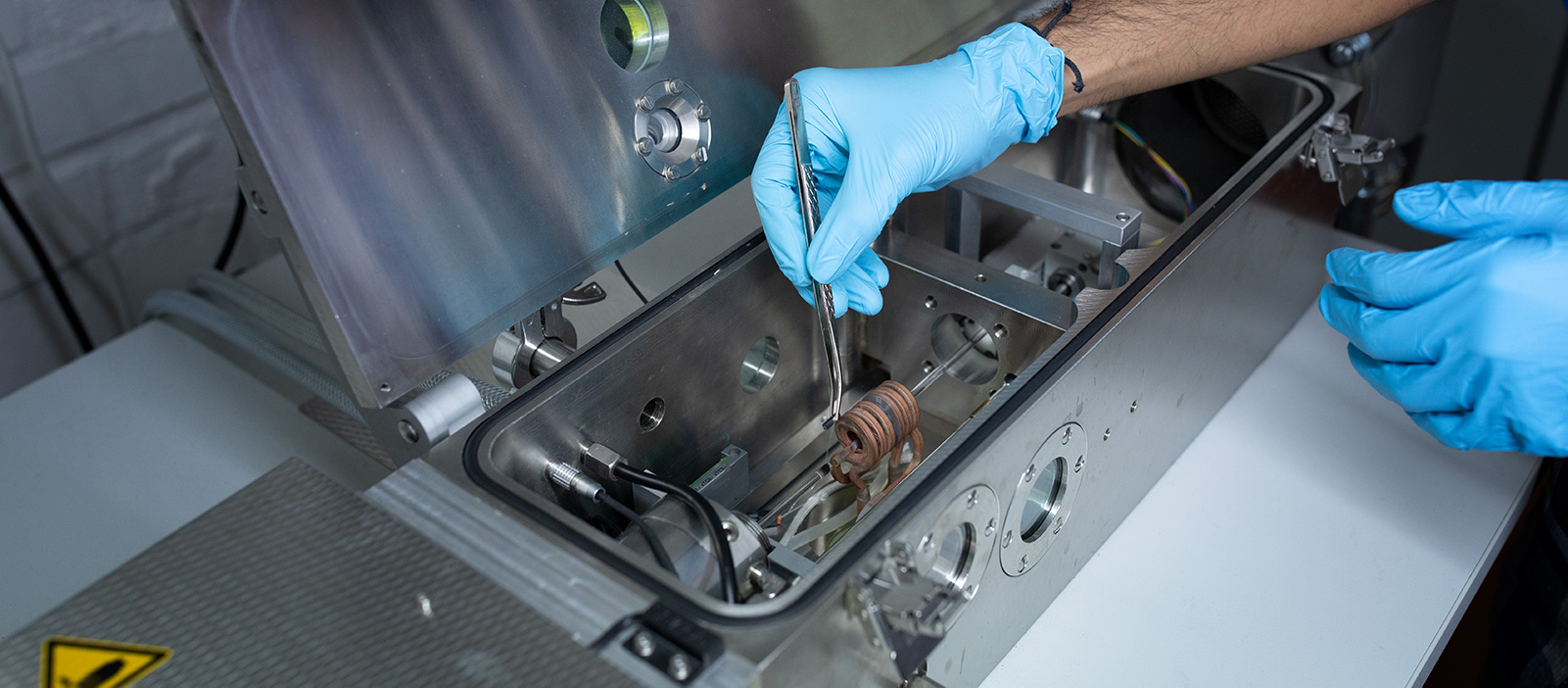Deformation dilatometry
A quenching & deformation dilatometer and a high temperature dilatometer of connecting / pushing rod type.

A dilatometer is an instrument for measuring volume or length changes in a material. This equipment has been widely used in the fabrication of metallic alloys, phase transformations, compressed and sintered ceramics, etc. In our lab, we have two dilatometers of connecting/pushing rod type, where the sample which needs to be examined is located in a furnace, and a pushing rod transfers the thermal expansion to a strain gauge, which measures the expansion/contraction.
One is a quenching & deformation dilatometer (DIL1, Linseis L78 RITA) and one is a high temperature dilatometer (DIL2, DIL 402 Expedis Supreme).
For quenching mode of DIL1, the working temperature can go up to 1600 ºC for heating, and can be rapidly cooled (max. 2000 ºC/sec for specific temp. range, normally 1000 ºC/sec can be achieved) to RT (using He) or min. -100 ºC (using liquid nitrogen). For deformation mode of DIL1, either compression or tensile test could be done, max. load is 20KN, deformation rate is 0.01 - <100 mm/s. For DIL2, it can go up to max. 2000 C, and it is mainly used to measure the physical properties, thermal expansion coefficient (CTE), glass transition, etc.
More information:
Quench-Deformation Dilatometer
High temperature dilatometer
All tools at Hultgren Laboratory
